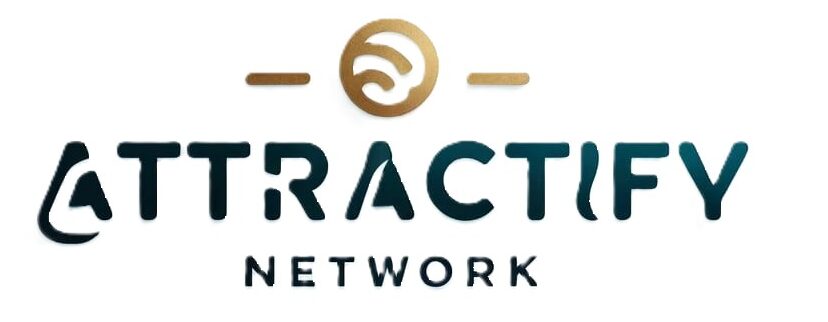How to Start a Small Business
If you’ve ever dreamed of starting your own business, now is a great time. In 2025, there are more tools and resources than ever to help you succeed. You don’t need a lot of money or a big team to get started. What you do need is a good idea, a plan, and the drive to keep going.
This guide will walk you through the basic steps to start a small business in 2025—in simple, clear language. Whether you’re starting a bakery, an online shop, or a service business, this guide is for you.
Step 1: Come Up with a Business Idea
Good businesses solve real problems. Ask yourself:
- What do people need?
- What problems can I help solve?
- What skills or hobbies do I already have?
Examples:
- A cleaning service for busy parents
- A snack shop near schools
- A graphic design service for local businesses
Pick something that excites you and that people will pay for.
Step 2: Do Basic Market Research
Before you start, find out:
- Who are your customers?
- What do they like or need?
- Are there other businesses doing the same thing?
You can:
- Ask friends or neighbors what they think
- Look at similar businesses online
- Use Google Trends to see what people are searching for
Step 3: Make a Simple Business Plan
A plan helps you stay on track. Your business plan should answer:
- What will I sell?
- How much will I charge?
- Where will I sell it (online, in-person, or both)?
- How will I tell people about it?
You don’t need anything fancy. Even a one-page plan is better than none.
Step 4: Choose a Name and Register Your Business
Pick a name that’s easy to remember and fits your business. Then:
- Check if the name is available (Google it and check social media)
- Register the name with your local business office
- Get any licenses or permits you need
In some countries, you can do this online in less than an hour.
Step 5: Set Up Your Finances
Keep your business money separate from your personal money.
- Open a business bank account
- Use a simple budget to track spending
- Plan for taxes (talk to an accountant or look up local rules)
Apps like Wave or QuickBooks can help with money tracking.
Step 6: Build a Simple Online Presence
Even if your business is offline, people will search for you online.
Start with:
- A free Google Business Profile
- A simple website (use Wix, Canva, or Carrd)
- Social media pages (Facebook, Instagram, or TikTok)
Add your contact info, business hours, and what you offer.
Step 7: Tell People About Your Business
Start small:
- Share with friends and family
- Ask happy customers to tell others
- Post on social media
- Put up flyers in your local area
Offer something special at the beginning (like a discount or free sample).
Step 8: Learn and Improve as You Go
You won’t know everything right away, and that’s okay. Pay attention to:
- What your customers say
- What’s working well
- What needs to change
Try new ideas. Watch videos, read blogs, and ask for help when needed.
Final Thoughts: You Can Do This
Starting a small business is a big step, but you don’t have to do it all at once. Take one step at a time. Focus on helping people, building trust, and staying flexible.
The best time to start was yesterday. The next best time is today.
FAQs
Do I need a lot of money to start a business?
No. Many small businesses start with less than $500. Start small and grow.
What kind of business should I start in 2025?
Look at what people need in your area. Food, services, and online products are always in demand.
Do I need to register my business?
Yes. Rules vary by location, but it’s usually quick and easy. It protects your name and helps with taxes.
How long does it take to start a business?
You can get started in a few days, but growing your business takes time and effort.
Want More Help?
Subscribe to our free newsletter for weekly tips on starting and growing your business.
Or read next: Understanding Tariffs: Impact on Small Businesses

